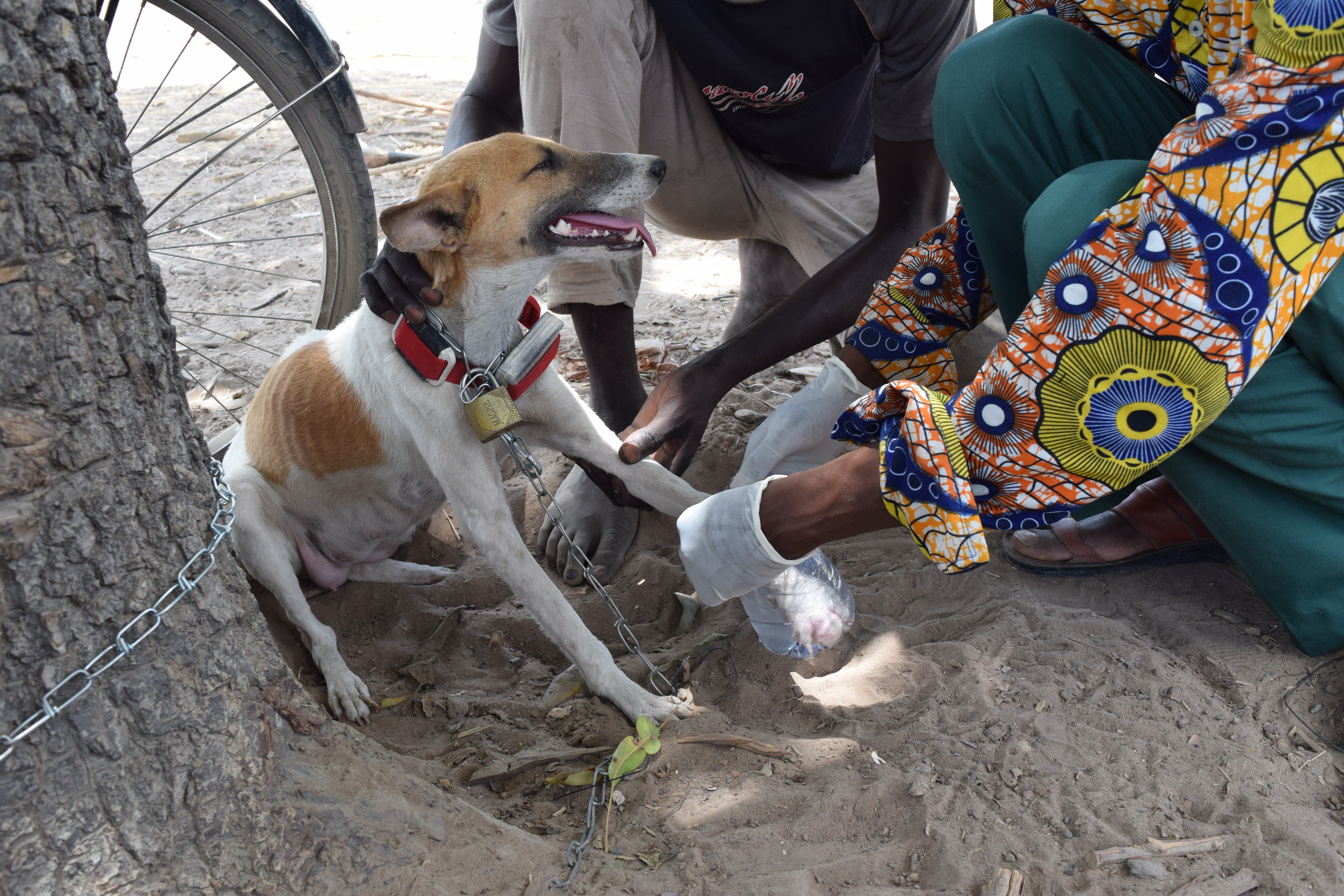Identifying drivers of Guinea Worm in domestic dogs
Using surveillance data and machine learning to predict infection risk in the villages of Chad

Few human parasites and pathogens have been driven as near to the brink of eradication as the Guinea worm (Dracunculus medinensis). Although rarely fatal, Guinea worm disease (Dracunculiasis), can be extremely painful and debilitating. Coordinated efforts by the Ministries of Health in endemic countries, the U.S. Centers for Disease Control, World Health Organization, and The Carter Center have reduced the number of annual guinea worm cases from millions in the 1980s to hundreds in the early 2010s, but recently a new threat has emerged. Guinea worm infections have been diagnosed in domestic dogs, particularly in the Republic of Chad, and numbers of infections have continued to increase. Existing measures were targeted solely at human populations, so this new development jeopardized eradication efforts. As public health professionals refocus eradication efforts to include this new threat, much more information about the ecology and epidemiology of the parasite in the new canine hosts is required.
Why here and not there?
Though surveillance efforts regularly find over 1000 dog infections each year in the Republic of Chad these infections are concentrated in fewer than half of the villages under surveillance. I work as part of a collaborative team of ecologists (Including Vanessa Ezenwa, Richard Hall, and Andrew Park) and parasitologists (including Christopher Cleveland and Michael Yabsley), funded and supported by The Carter Center, who aim to better understand why the parasite occurs where and when it does. My first project has focused on using boosted regression tree models to identify the strongest demographic, geographic, and climatic drivers of infection in a village. This work has highlighted the importance of demographic factors, including dog population size and the degree of fishing occurring in a village, for predicting infection presence in a village. In contrast, the presence of a village in a spatial infection hotspot, was primarily predicted by geography, specifically the longitude of a village. Our findings suggest that factors intrinsic to individual villages are highly predictive of parasite presence, whereas village membership in a spatial infection hotspot is largely determined by location. These findings synergize particularly well with the fantastic lab and field work conducted by Drs Cleveland and Yabsley which has identified uncooked and undercooked fish remains as a likely important mode of transmission of the parasite to dogs.
Future Directions
The work is, however, far from done. In the coming year I will collaborate with Andrew Park to more carefully explore the spatiotemporal processes involved in transmission. The relevance of village location to presence in a hotspot suggests the importance of this type of analysis to move beyond our focus on intrinsic qualities of villages. We'll be employing a gravity-model based approach to account for travel of humans and dogs between villages during the parasites 12-month incubation period. I'm also in the process of developing, with Vanessa Ezenwa, temporally and spatially explicit predictive model of parasite risk. Based on the same boosted regression tree framework as previous models, we expect that this real-time risk prediction will be of use for the Guinea Worm Eradication Program in Chad.